Volume 29, No.2 Pages 99 - 103
2. 研究会等報告/WORKSHOP AND COMMITTEE REPORT
SACLA大学院生研究支援プログラム
SACLA Research Support Program for Graduate Students
(公財)高輝度光科学研究センター XFEL利用研究推進室/(国)理化学研究所 放射光科学研究センター 利用システム開発研究部門 SACLAビームライン基盤グループ XFEL Utilization Division JASRI / RIKEN, SPring-8 Center
SACLA大学院生研究支援プログラムとは、若手研究者の育成、SACLAと大学間の連携強化を主な目的として、SACLAの共用開始後の早い段階から行なわれているプログラムである[1][1] 例えば2024年度の募集案内は以下のURLで確認できる。
http://xfel.riken.jp/topics/sacla-intern_2024.html。このプログラムへの参加を希望する学生には、前年度末までに行われる公募に申し込み、書類と面接の2段階審査を受けていただく。審査に合格した大学院生は、実習生としてSACLAの研究現場に当該年度の中で一定の期間滞在し、研究実習活動を行うことができる。なお、このプログラムの募集対象は国内の大学院生に限定されておらず、海外の大学院生も受け入れている。実際、新型コロナウイルス感染症の流行がおさまってからは、海外の学生の応募が増えた印象がある。本記事では、2023年度に実習生として比較的長期間SACLAに滞在した海外の大学院生に、その体験を紹介いただいた。
さて、このプログラムの下では、主にSACLA利用研究系のスタッフのサポートを受けながら、学生自らが研究計画を立案し、それに基づいて研究実習活動を進める。研究計画によっては、SACLAの加速器・光源の研究者といった、SACLAの運転を支えるスタッフの幅広い協力を受けることもある。SACLAに比較的長く滞在して実習するような場合には、ビームライン光学系を含んだ施設機器の調整手法など、一般的なユーザーの立場では触れる機会が限られるような技術についても習得し、それらの知識と技術が研究実習並びに将来の利用研究に活用されるケースもある。また、SACLAを利用している国内外の研究者らとの議論などを通して実習期間中に最先端の研究に直に触れることも可能で、学生自身の研究に関連する分野だけでなく、幅広い科学分野にわたってXFELの利用研究に触れることができる。
このように、本プログラムの下で取り組む研究実習活動は、SACLAスタッフと協議をしながら決定するとはいえ、学生が主体的に立案し遂行することが原則であり、比較的自由度が高い。そのため、実習生が取り組む内容は、一般のSACLA利用研究に関連するものから、極限光源の開発といった未踏のX線光学技術にチャレンジするようなものまで、非常に多岐にわたる。これまでに本プログラムで実習活動を行なってきた学生の中には、博士課程終了後にSACLAの研究者となってXFELの先端利用研究を推進する立場になる方もいれば、大学など学術研究機関に所属し、SACLAの光源特性や実験基盤に深く精通した外部利用者として、高度なXFELの利用手法や技術を独自に開拓するパイオニア的なSACLAユーザーとなっている方もいる。
SACLAは共用開始からすでに10年を超える施設であるが、この間、XFELという極めて高い輝度、短いパルス幅、高い空間コヒーレンスを持った光を活用することで、幅広い科学分野において先端科学の開拓が行われてきた。SACLAの光源特性を高度化し、一層活用していくには、今後のXFEL基盤技術やX線利用手法の発展を推進する若手研究者の育成が非常に重要であることは明確である。本プログラムは、若手研究者の育成および大学とSACLAの連携強化、ひいては我が国の科学技術力の持続的な発展に寄与することを目指している。
参考文献
[1] 例えば2024年度の募集案内は以下のURLで確認できる。
http://xfel.riken.jp/topics/sacla-intern_2024.html
Participation in the SACLA research Support Program for Graduate Students
University of Wisconsin - Madison
Zain ABHARI
The SACLA Research Support Program is a hands-on experience for graduate students to contribute to the advanced research that takes place on the RIKEN SPring-8 campus. What an individual gets out of this program is entirely dependent upon what they choose to make of their time onsite. As someone who hopes to work at a large research facility, such as SACLA, post graduating, my goals for participating in the support program were to learn what the day to day is like for a beamline scientist, as well as perform my own experiments and further my research. I learned about the internship program from my collaborator, and now onsite advisor, Ichiro Inoue. After discussing the opportunity with my graduate advisor, Uwe Bergmann, we decided the program was well aligned with my career goals, so we went forward with the application, and many months later, I have the pleasure of writing this article and sharing my experience.
My stay at SACLA overlapped the full 2023B run, which gave me the time to see the undulator halls, which are usually closed during a run, shadow the beamline scientists, and carry out my own experiments through the SACLA Research Support Program. As a large portion of a beamline scientist's responsibilities is user support, much of my stay focused on experiments allowed me to meet and connect with people I most likely would not have met otherwise. I also learned about assisting with this task. Supporting users for a few different their work and other science projects taking place on the RIKEN campus, and, of course, I very much enjoyed my own work nonlinear X-ray optics. Additionally, being part of the user support team meant that I was able to learn the ins and outs of 'beamline tuning', the phrase that encompasses all the tasks that needed to be completed to ensure the beamline was ready for the users at the start of their experiment. This tuning included checking the beam mode and position, optimizing them to the user's specifications, transporting the beam to the hutch, tuning the beam focus, and finally aligning any instruments needed for the experiment. For each experiment, this procedure varied greatly, allowing me to really become familiar with different types of beam alignments and the various instruments SACLA provides for the users. In between the user-related tasks, I was also given the opportunity to conduct two of my own experiments, both of which contribute to my thesis work. In the past, I have taken part in experiments at SACLA, but only as a user, not as a visiting scientist. As a visiting scientist during my internship, I was able to use the beam time that SACLA facility possesses for R&D. They are much like user experiments, except that I also had the responsibility of carrying out all the onsite prep work. So, along with just doing the experiment, I also needed to do the beamline tuning for both of my projects. This gave me the unique experience of truly knowing the ins and outs of the instruments on hand when running my experiments; an experience I couldn't get as a user.
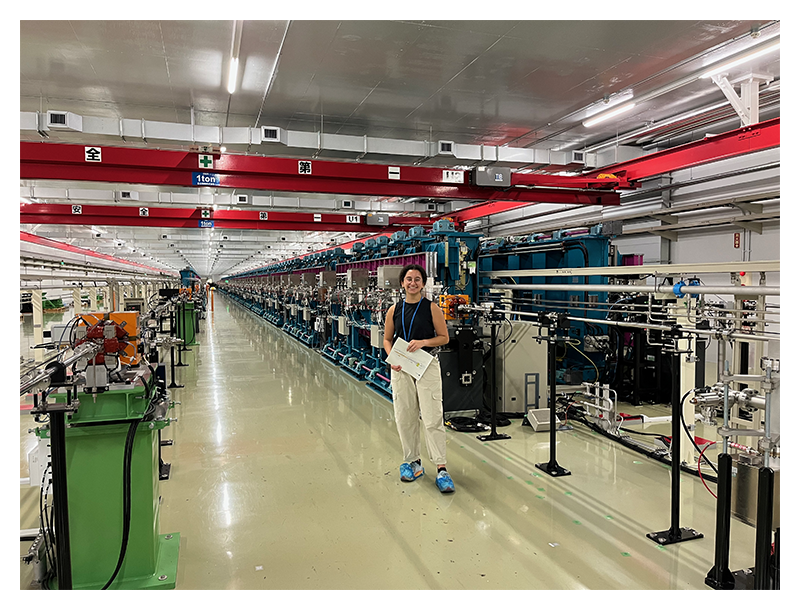
Figure 1 In the undulator halls between BL2 and BL3.
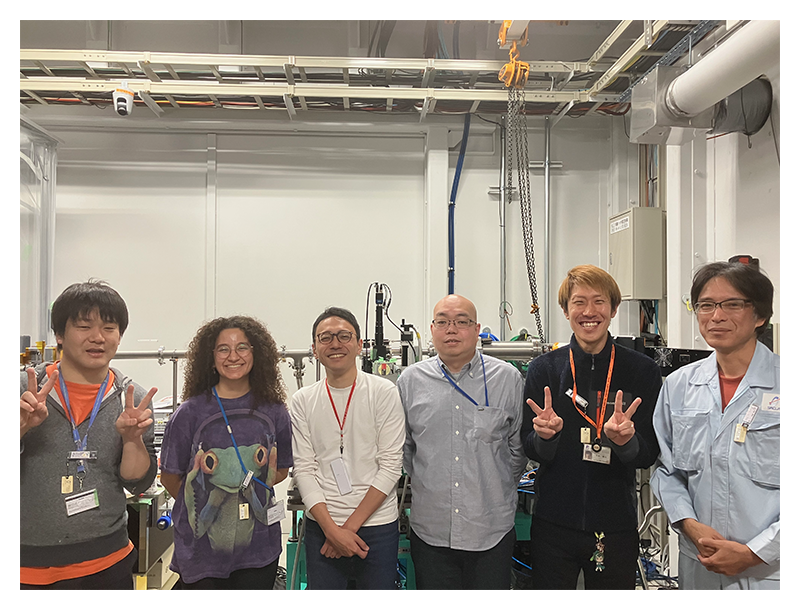
Figure 2 The final morning of my second experiment, and of my stay.
My three-month stay on the RIKEN campus was an incredibly valuable internship that I am grateful to have been awarded. This opportunity afforded me a unique learning experience that would have been inaccessible elsewhere. Many thanks to all the outstanding beamline scientists who taught me so much and looked out for me, and to the secretaries and administrative staff who made my stay so pleasant. It has been an unforgettable experience, where I not only learned a tremendous amount, but where I also met new colleagues and made wonderful new friends.
Participation in the SACLA research Support Program for Graduate Students
Department of Molecular Biology and Genetics
Koç University
Ebru Destan
1. Introduction
The SACLA (SPring-8 Angstrom Compact Free-Electron Laser) X-ray facility is a groundbreaking research facility located in Harima Science Garden City, Hyogo, Japan. Together with success stories in science, this facility provides an invaluable opportunity to young scientists in the field of structural biology. X-ray crystallography visualizes the world at the atomic level and the extremely bright XFEL pulses at SACLA help scientists around the world reveal the three-dimensional structures of biological macromolecules. SACLA Research Support Program enables graduate students to live this experience on-site.
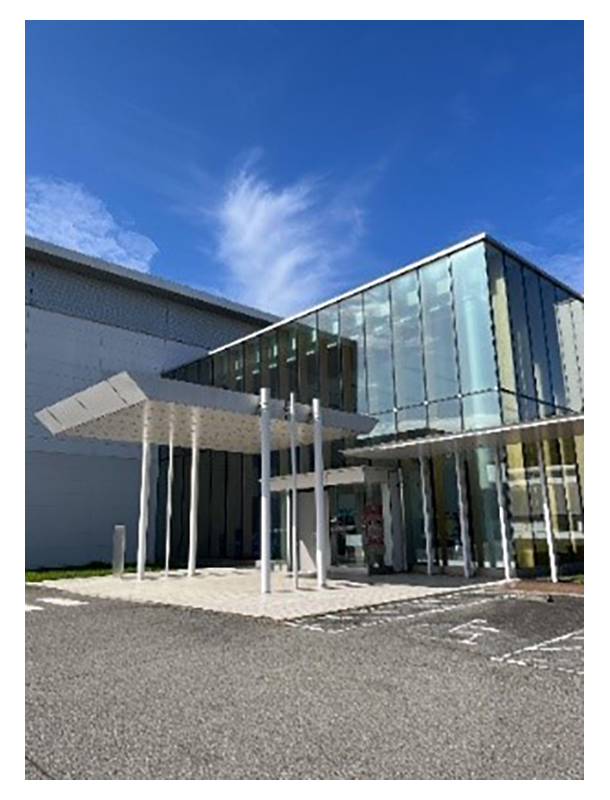
Figure 1 SACLA Experimental Facility.
2. Education and Training
SACLA Research Support Program for Graduate Students involves an integrative educational system that includes theoretical knowledge about beamline experiments and demo training followed by beamline scientists. This allows students to perform independent experiments on sample preparation, data collection, data processing, and structure determination in the further stages of the program. During the program period, the opportunity to observe the beamlines provides to learn new crystallographic techniques. Additionally, this program offers a great opportunity to meet with pioneers in the field.
3. Impact of the program on research
The history of SACLA with the advancement of X-ray science and the development of cutting-edge technologies makes this place the dream of every young crystallographer. Observing the structural dynamics of macromolecules at ambient temperature by circumventing radiation damage plays a key role in structural biology. Serial Femtosecond X-ray (SFX) experiments in the BL2 experimental station at SACLA enable data collection from microcrystals with extreme peak brightness, ultrashort duration, and high spatial coherence of X-ray pulses. Here, the SACLA Research Support Program provides graduate students to design their experiments under the guidance of the beamline team.
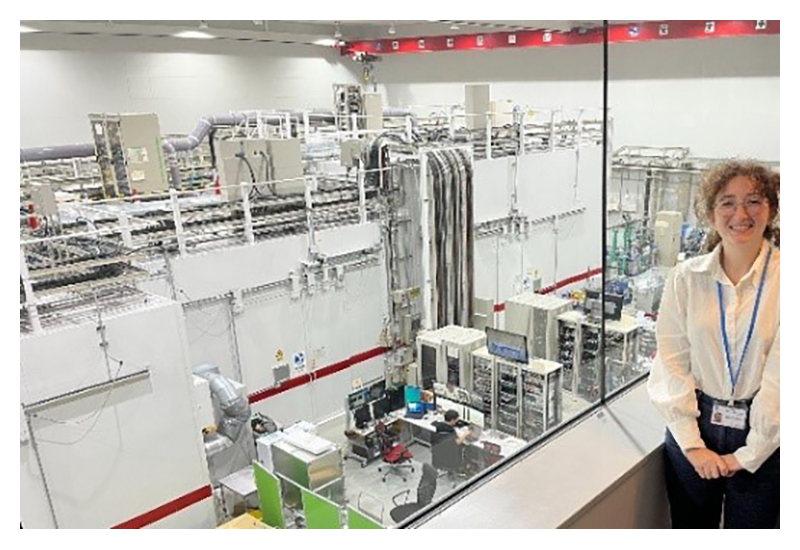
Figure 2 Top view from BL2 Experimental Station.
4. Future aspects
Participating in the SACLA Research Support Program provides an invaluable contribution to improving yourself in the field of X-ray Crystallography. The experience gained through the program paves the way for future studies for graduate students.
Harness the Power of SACLA/EH3
Department of Molecular Biology and Genetics
Koç University
Ayan Esra
1. Introduction
Understanding the complex mechanisms controlling the association and dissociation of insulin, besides obtaining high-resolution data from minute insulin crystals, has posed significant challenges, particularly in mitigating radiation damage in conventional XRD methods[1][1] E.Ayan et al.:Current Diabetes Reviews. 19 (2022).. Despite the absence of synchrotron and XFEL systems in Turkey, the utilization of the X-ray diffractometer, Turkish DeLight, has been pivotal. However, my prior experience did not contain collecting high-resolution insulin data via home source, nor did it delve into comprehending the complex insulin dynamics. Participation in the SACLA Research Support Program for Graduate Students has emerged as a pivotal opportunity for my doctoral thesis, facilitating the collection of high-resolution data and serial femtosecond data. During my period at SACLA/SPring-8 as a guest, I was afforded accommodations at the SACLA/SPring-8 guest house, granting interns like me a 30-hour SFX time shift and unparalleled exposure to synchrotron operations, alongside an enlightening cryogenic SFX journey. This program has significantly broadened my academic horizon, as evidenced by the following achievements: (i) Introduction to the SFX system at SACLA/EH3, entailing comprehensive training in experimental procedures ranging from sample preparation to SFX data processing and subsequent structure determination. (ii) Successful collection of seven distinct oligomeric SFX insulin structures previously unexplored via SFX methodologies. (iii) Attainment of a superhigh-resolution novel designer insulin structure, meticulously resolved at 1.36 A resolution at SPring-8. SACLA/EH3 epitomizes a realm of boundless opportunities for users, extending support in sample preparation and offering users the autonomy to execute their experiments seamlessly. Furthermore, the provision of CrystFEL software for data processing empowers users to navigate the intricacies of data processing, enhancing their experimental proficiency. For individuals with crystal a sample reservoir and a clear research trajectory, the SACLA Research Support Program for Graduate Students is an unparalleled platform to culminate their doctoral journey with utmost academic rigor and excellence.
2. Method and Management
The SFX data was collected at BL2/EH3 of SACLA[2][2] [2] T.Ishikawa et al.: Nature Photonics. 6 540 (2012).. X-rays with an energy of 10.0 keV, pulse duration less than 10 fs, and a repetition rate of 30 Hz were employed. The XFEL beam was focused to a beam diameter of 1.5 μm FWHM using two elliptical mirrors in the Kirkpatrick–Baez geometry. The beam was attenuated to approximately 10^10 photons per pulse to prevent detector saturation for insulin crystals. The HVC injector was seamlessly integrated into the helium-gas-filled diffraction chamber of the DAPHNIS instrument setup[3][3] K.Tono et al.: Journal of Synchrotron Radiation. 22 (3) 532-537 (2015).. While the injector's cooling jacket maintained the sample at 293 K, the chamber temperature remained slightly higher, ranging from 299 to 300 K. A suction device positioned just below the injector aspirated helium gas, with the aspirated gas redirected from the vacuum pump's exhaust line back to the chamber.
Diffraction patterns were captured utilizing a multiport CCD detector (MPCDD) comprising eight sensor modules[4][4] T.Kameshima et al.: Review of Scientific Instruments. 85 (3) (2014)., positioned at a sample-to-detector distance of 50 mm. Insulin crystals were ejected at a flow rate of 0.36 µl/min from a nozzle with an inner diameter of 200 µm. Additionally, the cryogenic novel designer insulin data was collected in SPring-8 employing a full-automated ZOO system overnight.
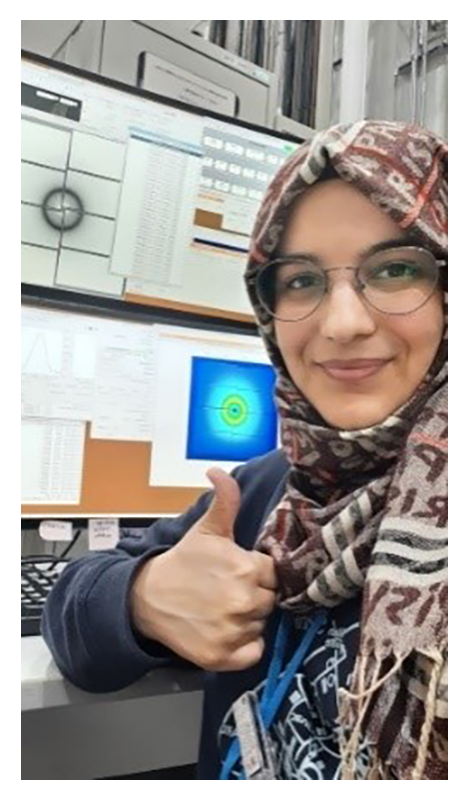
Figure 1 From SACLA/EH3 during data collection.
References
[1] E.Ayan et al.:Current Diabetes Reviews. 19 (2022).
[2] T.Ishikawa et al.: Nature Photonics. 6 540 (2012).
[3] K.Tono et al.: Journal of Synchrotron Radiation. 22 (3) 532-537 (2015).
[4] T.Kameshima et al.: Review of Scientific Instruments. 85 (3) (2014).
(公財)高輝度光科学研究センター XFEL利用研究推進室
(国)理化学研究所 放射光科学研究センター
利用システム開発研究部門
SACLAビームライン基盤グループ
〒679-5198 兵庫県佐用郡佐用町光都1-1-1
TEL : 0791-58-0802 ex. 7885
e-mail : tyabuuchi@spring8.or.jp
UW-Madison Physics Department
University of Wisconsin–Madison
53704, 1150 University Ave, United States of America
e-mail : zabhari@wisc.edu
Molecular Biology and Genetics
Koç University
34450, Rumelifeneri, Sariyer Rumeli Feneri Yolu Sariyer, Istanbul, Turkey
e-mail : edestan20@ku.edu.tr
Molecular Biology and Genetics
Koç University
34450, Rumelifeneri, Sariyer Rumeli Feneri Yolu Sariyer, Istanbul, Turkey
e-mail : esraayan20@ku.edu.tr








